It’s a warm, sunny late summer day in Grand Rapids, Michigan, and the radiant light pouring through the windows on the 10th floor of Helen DeVos Children’s Hospital is the perfect match for Dr. Giselle Sholler’s bedside manner.
Today will be a good but typically busy day for the Spectrum Health Helen DeVos Children’s Hospital pediatric oncologist and director of the Haworth Family Pediatric Oncology Innovative Therapeutics Clinic, with three young patients ready to begin, continue or complete an experimental treatment.
It’s called DFMO, short for difluoromethylornithine, and it’s a little-known cancer drug created more than 20 years ago. It was also little-used in pediatric populations in the United States until the past few years, when Dr. Sholler, MD, MSC, began her groundbreaking new research, and began helping families and children with a form of childhood cancer called neuroblastoma.
Kids like Lucas Fredericks, Liam Allen and Delaney Leigh Doyle.
Lucas
Lucas Fredericks is like most other 5-year-old boys.
He spent much of his session with his new doctor fidgeting, bouncing and making a truly amazing array of funny noises.
He is cancer-free after his lengthy treatments for neuroblastoma, which attacks the nerve cells in the body, typically starting in the adrenal glands. It’s an all-too-common form of cancer in kids, and one with a terrible 50 percent rate of relapse.
That’s why Lucas and his parents Erin and Michael Fredericks have come here from their home in Grand Ledge, Michigan, to see Dr. Sholler, and to start DFMO. They’re hoping for a way to keep the disease gone for good.
“We had heard about it a long time ago,” Erin said. “We were interested in it from the beginning. Because, with neuroblastoma, you really don’t get to stop worrying until after five years. Now these next two years, being in this study, we hopefully fight that off. So we really wanted to get into it.”
“This disease is so ugly, because one cell—one agitated cell—can bring it all back,” Erin added. “If you do nothing, there’s a 48 percent chance it will come back. That’s really high. So not to do everything … is just not a choice.”
The studies, conducted through the Neuroblastoma and Medulloblastoma Translational Research Consortium by Dr. Sholler and her collaborators at sites around the country, have given families and kids better options. It’s believed that the drug works by turning off the stem cell pathways of the cancer, choking its metabolism and preventing it from growing.
Dr. Sholler has expanded on the original research into the drug by Dr. Andre Bachmann, professor of pediatrics and human development at Michigan State University College of Human Medicine. A chance meeting, orchestrated by a patient’s father at a conference years ago, led the two researchers to partner on the DFMO trials, a partnership that continues today.
The results of the initial Phase I study—centered on children considered incurable—were promising, with 12 children of 18 in the group stabilizing for periods of time. Three of the kids are now nearly three years past the last of their DFMO treatments. The results from the still-ongoing Phase II, focused on less severe cases, have also been promising.
With more than 650 new cases of neuroblastoma in infants every year in the U.S., the stakes are high.
“At the end of the (typical cancer) therapy—kids with high-risk neuroblastoma, they get chemo, they get surgery, then they get bone marrow transplant, then they get radiation, and then they get antibody—and still, about half relapse,” Dr. Sholler explained. “So now at the end of the antibody therapy, we’re giving them the DFMO twice a day, for two years. If we could prevent the kids from relapsing, we could actually change the overall survival rate.”
Liam
Around the gleaming, curved hallway at Helen DeVos Children’s Hospital, 7-year-old Liam Allen and his mother Sylvia got the news the other patients and parents hope to hear someday: Liam’s DFMO treatments are done.
“Are you excited to be done?” Dr. Sholler asked the boy, who responded only with a broad, Cheshire-cat grin across his face.
“Oh, Liam,” sighed the boy’s mother. “How about a nice smile?”
The doctor was undeterred.
“It’s nice not having to take your pills every day, huh? Was it OK taking the pills, though?” she asked. The boy nodded.
“He could take all three at once,” his mom added.
“You’ve done really, really well, Liam, we’re so proud of you,” Dr. Sholler told him.
Liam now needs follow-up appointments every couple of months, but for the most part, the family is ready to return to the life they led before he was diagnosed with neuroblastoma four years ago.
“We celebrate every year,” Sylvia said. “Next year we’re moving to Montana, which was our original plan to go there before he got sick. My father’s given us 10 acres, and we’re going to do organic farming.
“You’re going to help me with the goats, right, Liam?” she asked him.
“Can we have cows?” he replied.
“No, but you can help me milk the goats,” Sylvia added. “We can make goat cheese.”
Groans. Back to normal, indeed.
Delaney
Delaney Leigh Doyle’s blonde locks bobble a bit as she runs around the Helen DeVos Children’s Hospital playroom, a kid’s wonderland full of toys, games and TVs with videogames all waiting to be played.
Her parents, Eric Doyle and Kelly McMillan, look on as their 2-year-old toddler stacks colored plastic cups into a neat pyramid.
The family has come here from their home in Clifton Springs, New York, for their periodic checkup, just past nine months into Delaney’s DFMO treatments. Everything, the family says, is going well.
“She’s great,” Kelly said. “She’s absolutely great. No problems or complications at all, she’s sleeping well at night. She’s starting daycare, and I think we’re caught up enough with her vaccinations, to feel comfortable with that. It’s a 2- to 4-year-old classroom, so she’ll be on the younger side, which I’m OK with. And we’re potty training, now, too, and that doesn’t seem possible.”
And she’s also good about taking her DFMO medicine, well, good for a typical 2-year-old, her parents say.
“We crush it up and put it in still; baby food,” Kelly explains. “But all of a sudden she’s starting to … you can tell she’s two.”
“She’s doing good, but she starts getting fussy,” Eric added. “She’s getting used to solid foods, so she wants strawberries rather than her mush (with the medicine). She’s a strawberry addict.”
Outlook is promising
For Delaney, Liam, Lucas and other children and parents like them across the country, DFMO offers some hope, the chance that life may get a little sweeter. The outlook, Dr. Sholler says, is promising.
“We now have this trial open in more than 25 different hospitals across the U.S.,” Dr. Sholler said. “So more and more hospitals are wanting to become a part of it.”
And more and more families, such as the Fredericks, hope DFMO is the way back to normalcy. Although, on the eve of his new start with DFMO regimen, it seems Lucas might be back to the carefree life of a 5-year-old already.
“He knows it’s going to be easier than all the meds we’ve had to do before,” Erin said. “He’ll tell you, ‘This is going to keep my cancer away,’ and it breaks your heart to hear that, but we’ve come so far that it’s like nothing to him. It’s like when we got our scans back on Friday (that he was cancer-free). We said, ‘Lucas! You don’t have cancer anymore!’ and he was like, ‘Can I just have this game on my iPad?’ This stuff just doesn’t faze him, which is kinda great.”
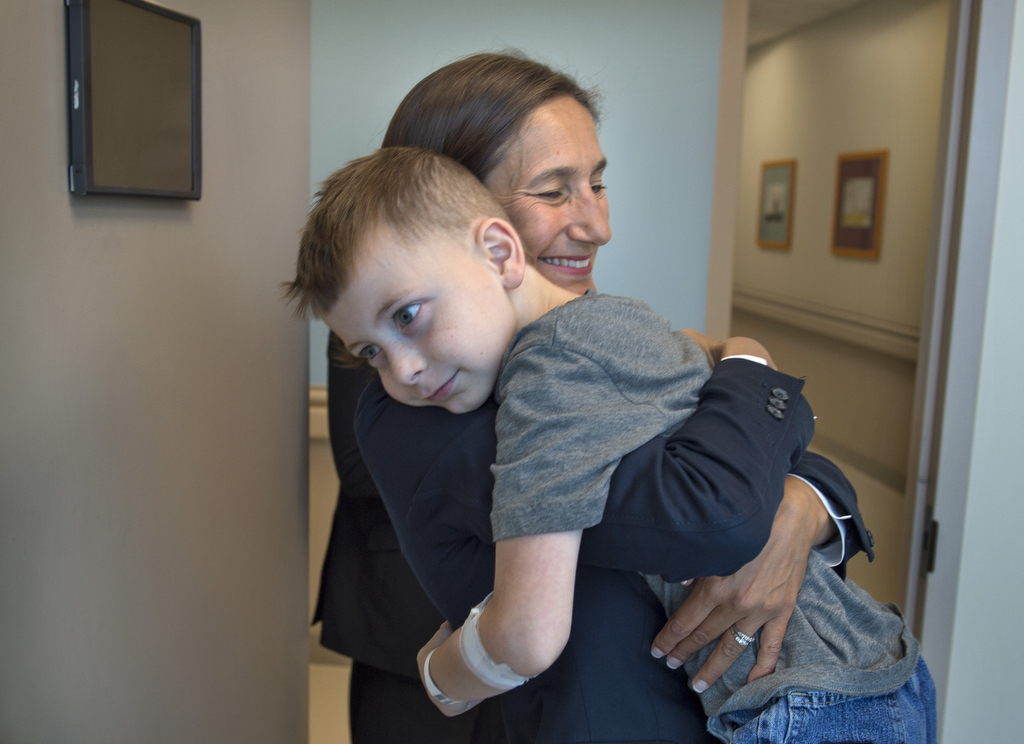

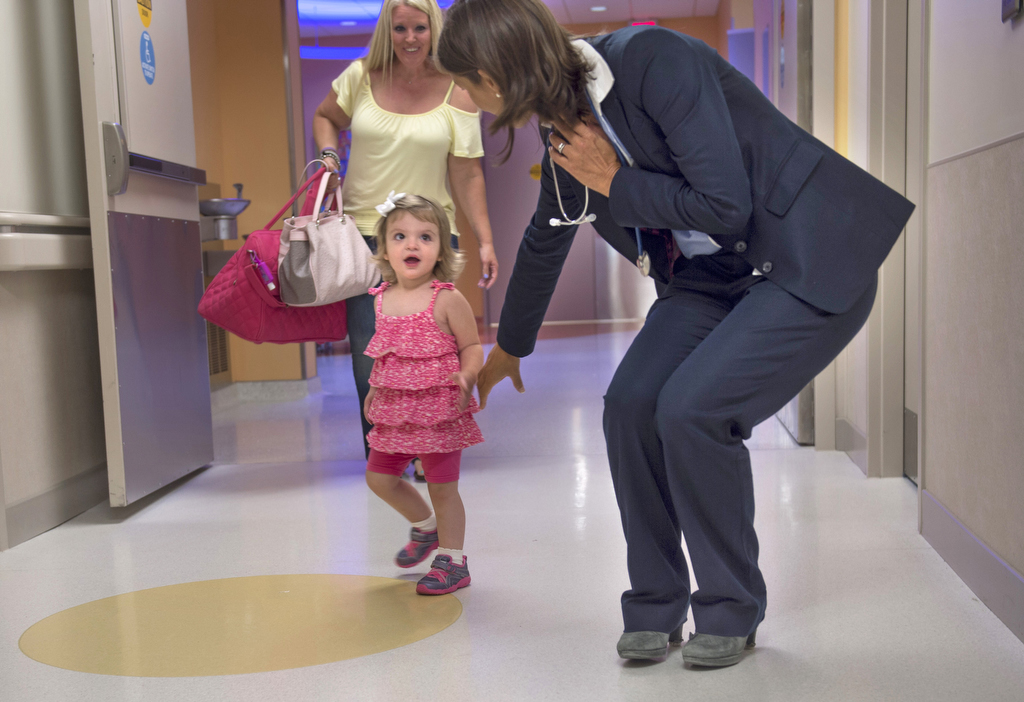
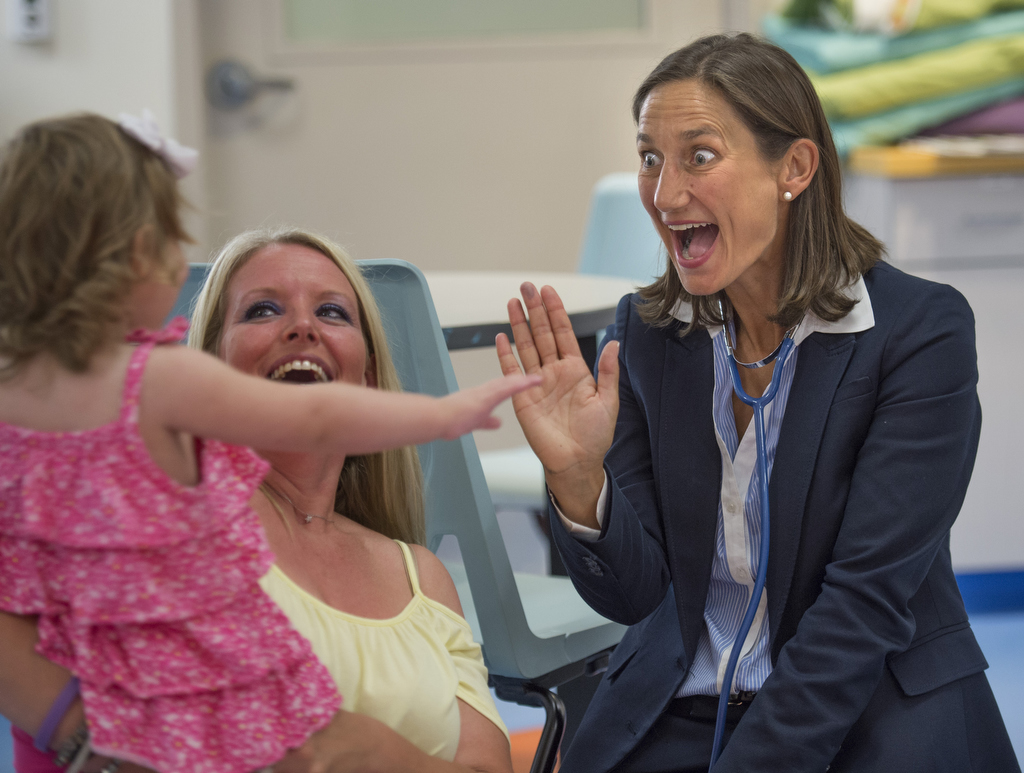

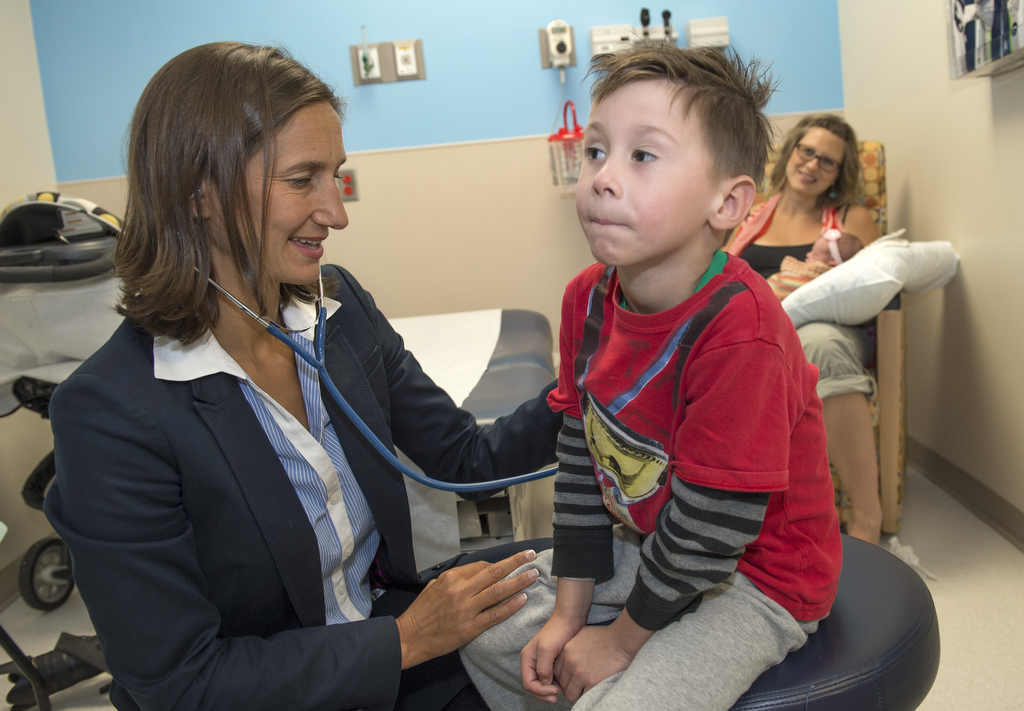
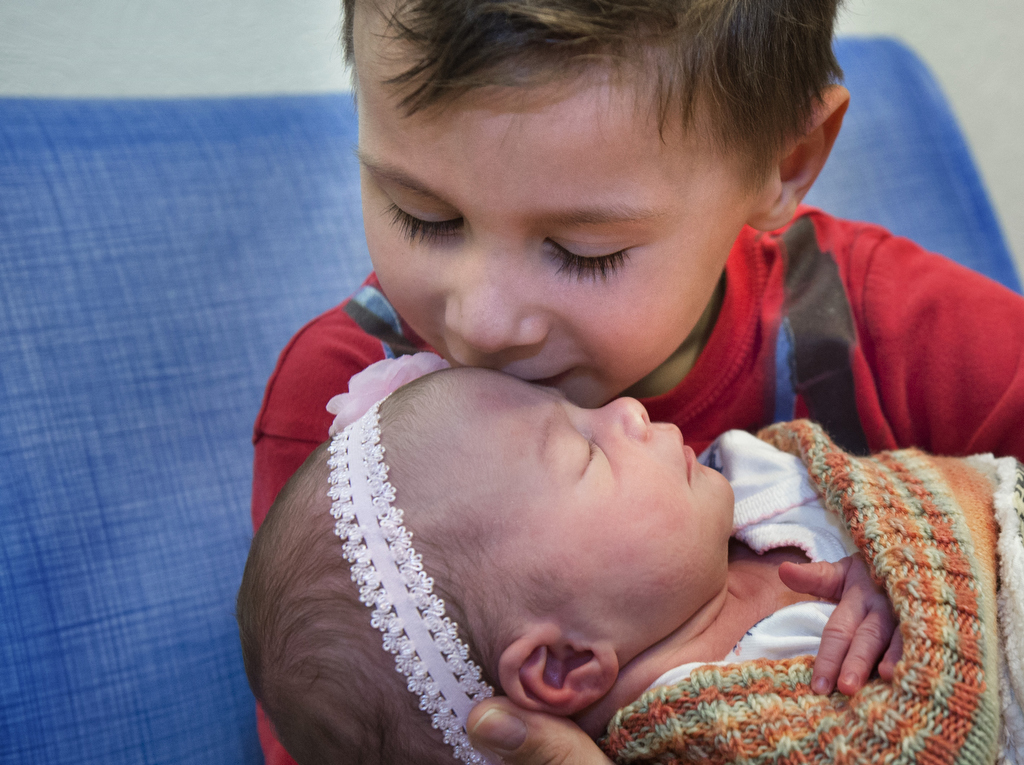
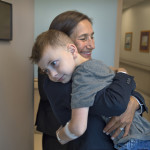
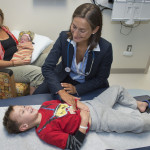
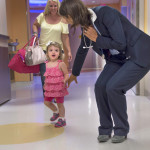

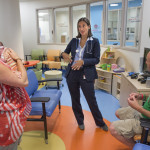
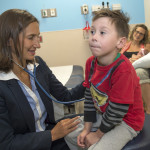

 /a>
/a>
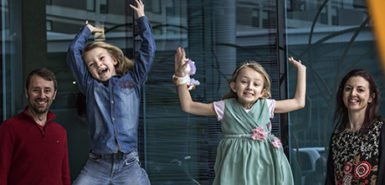 /a>
/a>
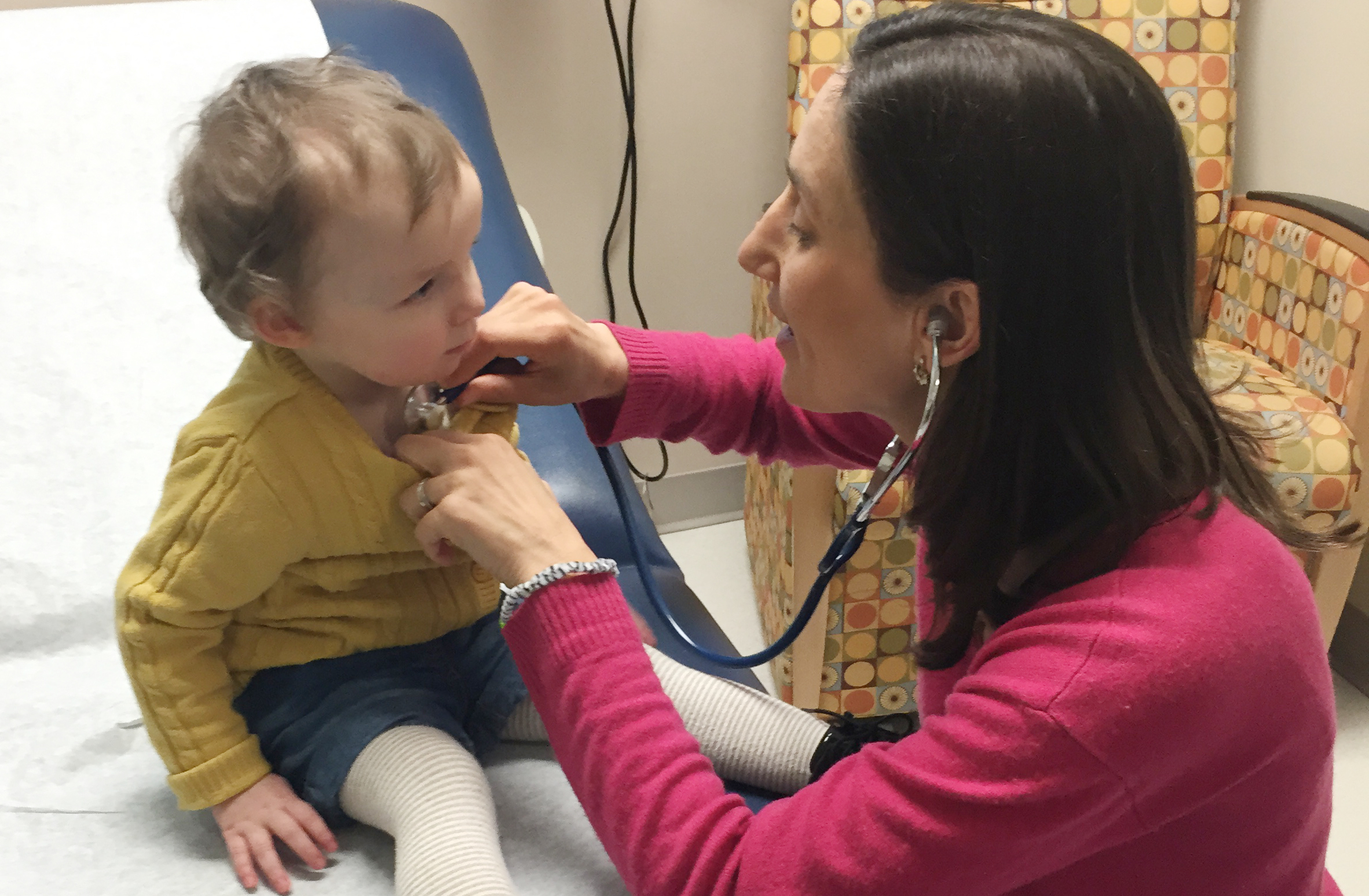 /a>
/a>